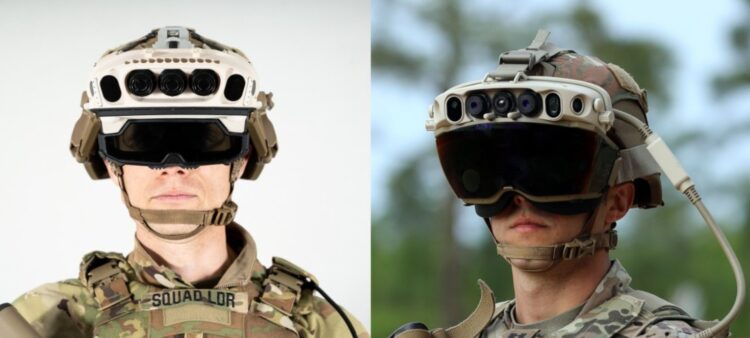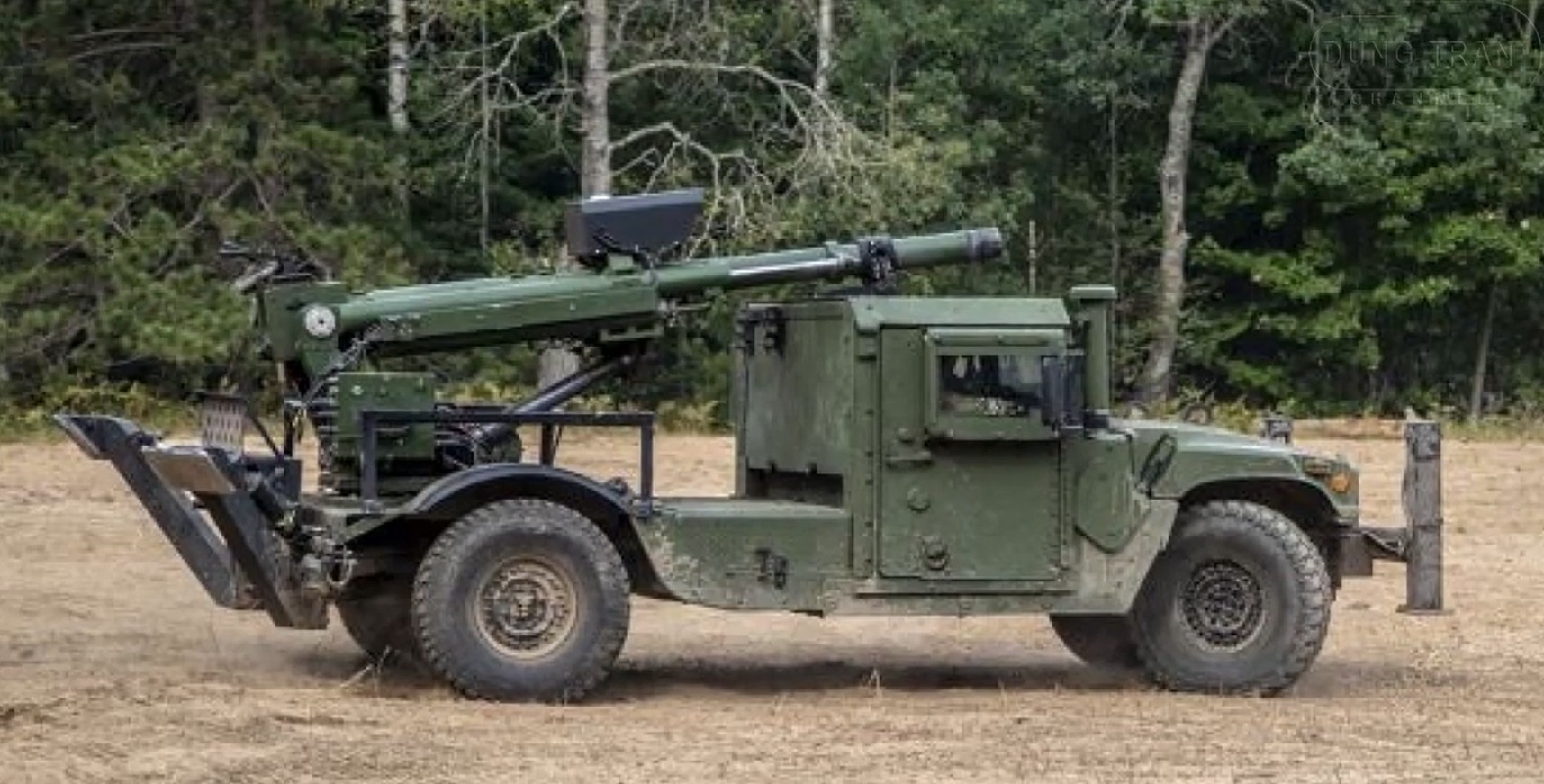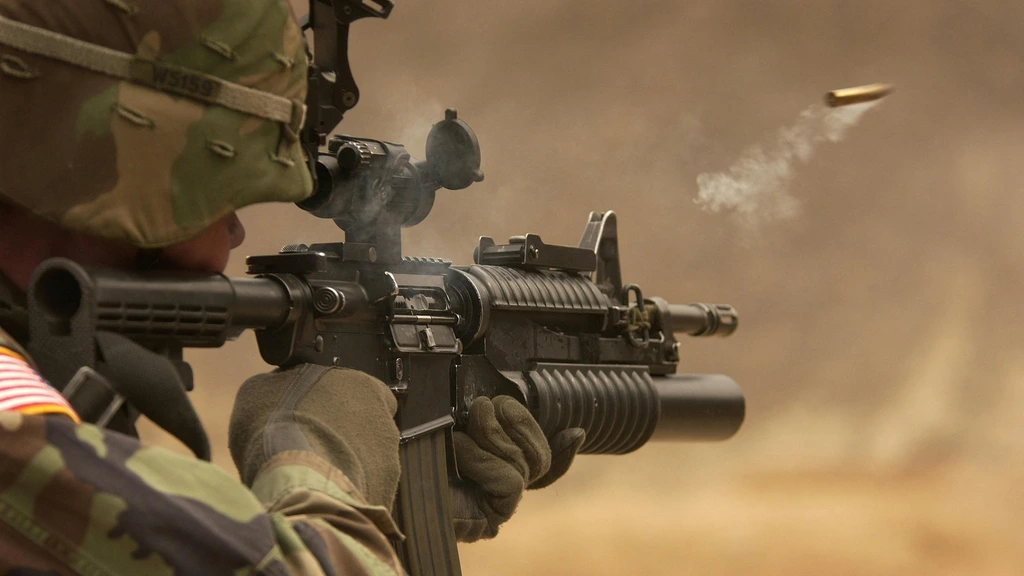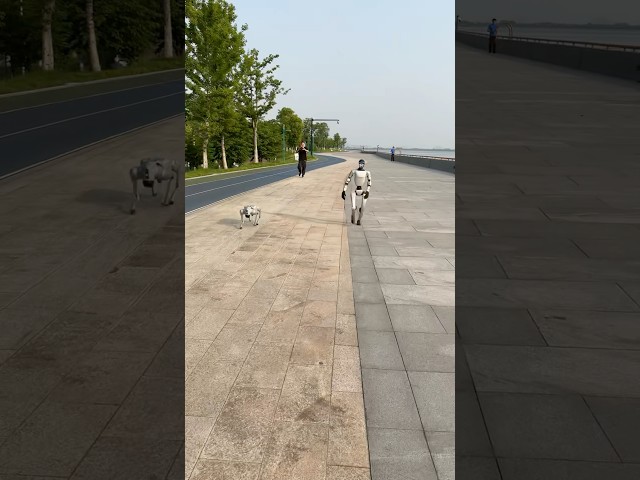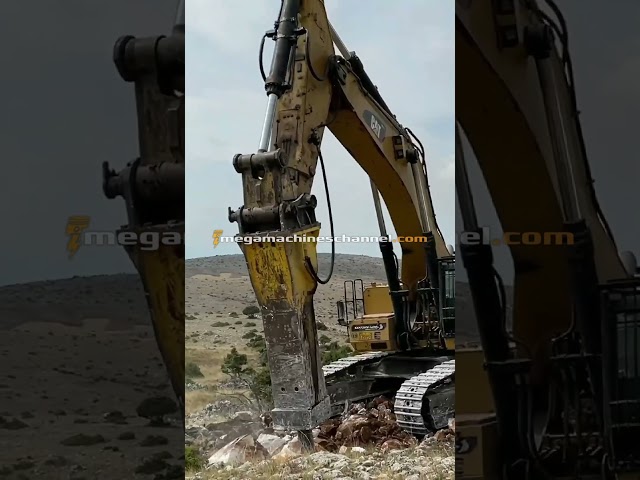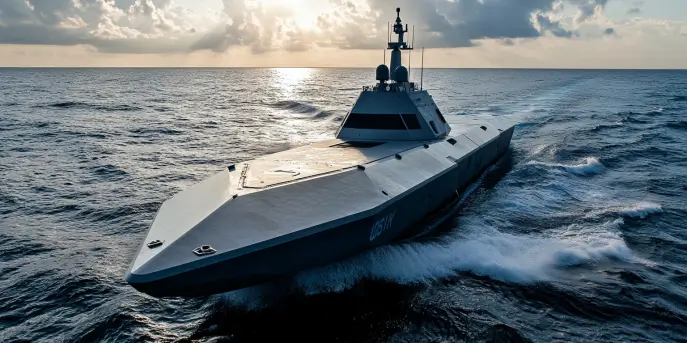The Integrated Visual Augmentation System (IVAS) is set to transform how the US Army operates and engages in combat, marking a significant advancement in military technology. Developed as part of the United States Army’s modernization efforts, IVAS combines head-up display technology with augmented reality to deliver enhanced situational awareness to soldiers on the field. This technology not only improves tactical capabilities but also increases efficiency and safety for soldiers.
Key Features of IVAS
The IVAS system incorporates several state-of-the-art features that are designed to equip soldiers with the tools they need for superior performance in the field.
- Augmented Reality: IVAS integrates augmented reality displays that provide soldiers with real-time data overlays, enhancing decision-making capabilities in fast-paced environments.
- Thermal and Night Vision: The system includes advanced thermal and night vision capacities, allowing soldiers to effectively operate in low-light or no-light conditions.
- Navigation Aids: Equipped with GPS and mapping technology, IVAS offers soldiers clear navigational support, reducing the chance of getting lost or disoriented during missions.
- Communications Integration: By integrating communication systems, IVAS ensures that information can be shared quickly and efficiently across teams.
Technical Specifications
The following table details some of the technical specifications of the IVAS:
| Specification | Details |
|---|---|
| Display Type | Full-color LED with a combination of visual overlays |
| Weight | Less than 2 lbs |
| Battery Life | 8-12 hours operational use |
| Field of View | Wide-angle display for enhanced peripheral vision |
| Connectivity | Secured wireless for intercommunication with squad units |
| Night Vision Range | Up to 150 meters in complete darkness |
Benefits of Implementing IVAS
Implementing IVAS within the US Army provides a multitude of benefits that extend beyond merely upgrading their existing equipment. These advantages encompass operational efficiency, safety, and training.
- Enhanced Situational Awareness: With real-time data and environmental awareness, soldiers can more effectively assess and engage in combat scenarios, leading to better outcomes.
- Reduced Cognitive Load: By presenting crucial information directly in the soldier’s line of sight, IVAS reduces the cognitive burden on soldiers, allowing them to focus more on their immediate tasks.
- Improved Training Capabilities: The use of augmented reality in training enhances realism and allows for more complex training scenarios that can be practiced repeatedly.
- Increased Soldier Safety: With improved visibility and data, potential threats can be identified and reacted to faster, increasing the overall safety of military personnel.
Challenges and Considerations
While the development and deployment of IVAS are promising, there are also challenges that need to be addressed to ensure the system meets all the needs of the armed forces.
- Technological Reliability: Ensuring that the system is robust and reliable in various environments and conditions is critical. The Army needs to address potential technical failures and ensure consistent performance.
- Cybersecurity Threats: Integrated systems are always at risk of cyber attacks; therefore, securing the communication and data systems against potential breaches is paramount.
- User Adaptation: Training soldiers to effectively use IVAS without it becoming a distraction will require comprehensive training programs and a cultural adaptation within the military.
- Cost and Logistics: Implementing such an advanced system across the entire military involves significant cost and logistical considerations, from manufacturing to maintenance.
The Future of IVAS in Combat
The successful implementation of IVAS can set a precedent for future technological integrations in military operations. As the system evolves, it is expected to incorporate even more advanced features such as AI-driven analytics and enhanced biometric monitoring, which could provide commanders with unprecedented insights into the physiological and psychological state of their troops.
Moreover, as IVAS technology becomes more mature, it might serve as a basis for wider defense applications, including integration in other divisions such as logistics and medical support, thus providing comprehensive solutions across the military.
The Integrated Visual Augmentation System is not just a technological advancement; it is a paradigm shift in how modern warfare might be conducted. As deployments increase and feedback is collected, the system will undoubtedly evolve, bringing about even greater capabilities and efficiencies to the US Army.
